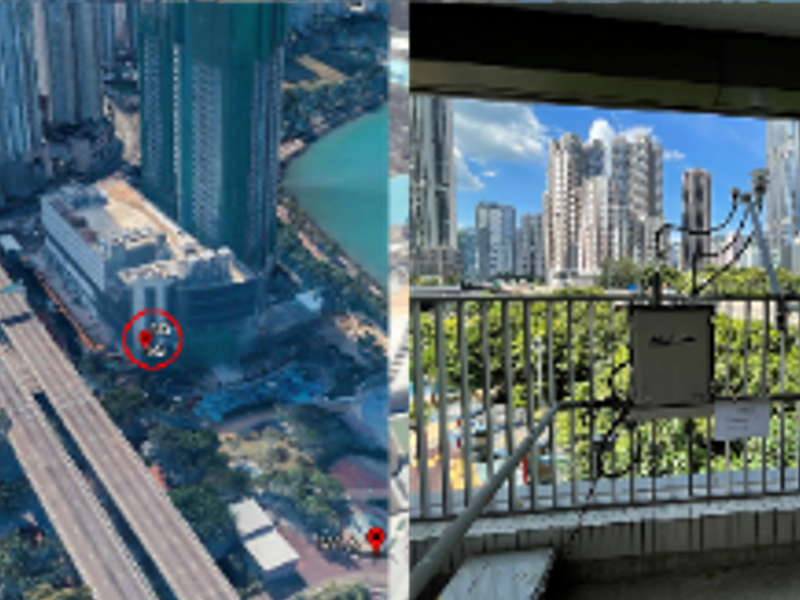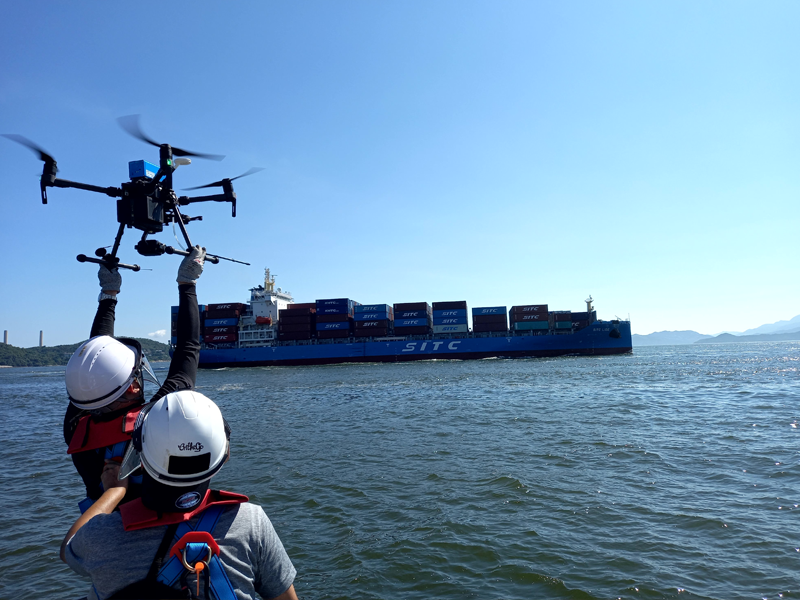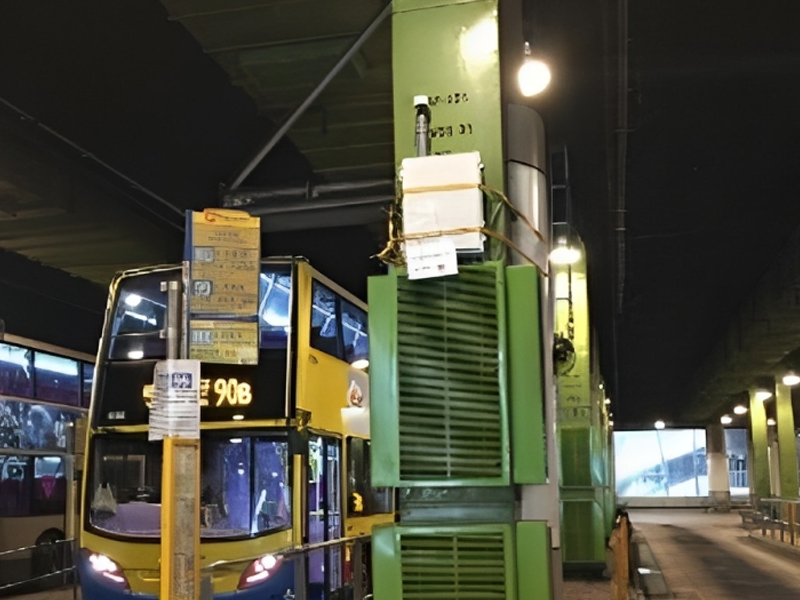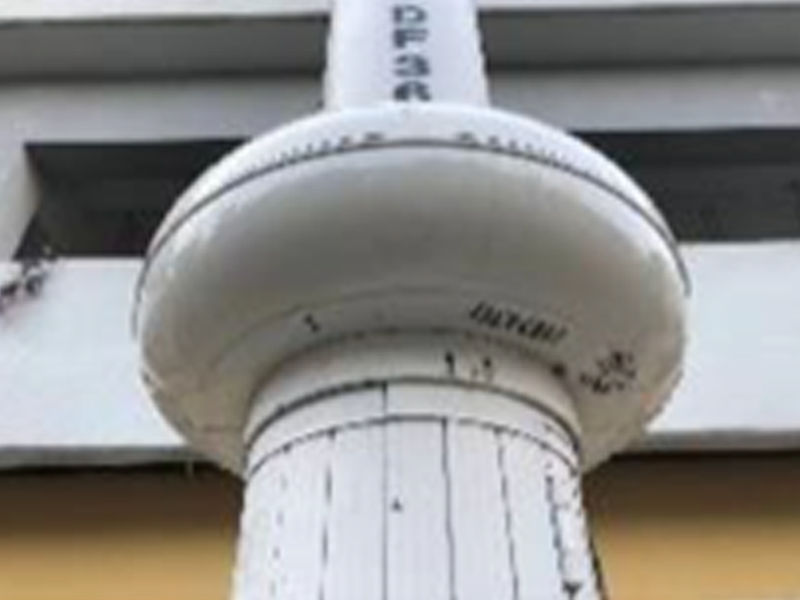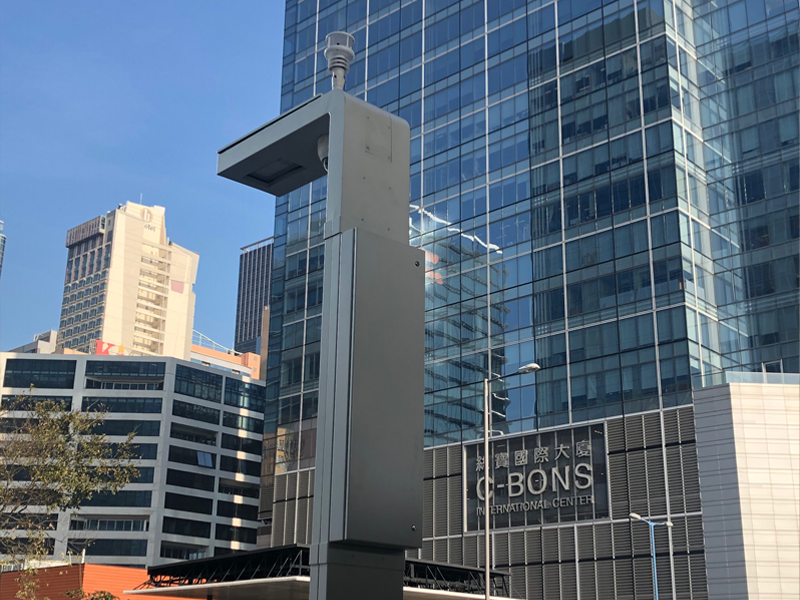Projects
Sapiens set up micro to local scale sensor networks to identify the emission hotpots and quantify the impact of meteorological conditions on local air pollution.
Sapiens ultra-compact sensor used in Hong Kong for smart enforcement on ship emission screening on the illegal use of high sulfur content of FSC oil.
The air quality inside the semi-enclosed bus terminus has been a great challenge in urban settings. Sapiens air sensors (NAS-AF300) is used in Hong Kong by government agencies to closely monitor the air pollutants of NO, NO2, CO, CO2 and PM2.5 from traffic emission inside the bus terminus. The high-density network creates a real time air pollution map to identify the hotspot of air pollution and diagnose the critical causes of the air pollution issues. It also helps to evaluate the effectiveness of the mitigation measures.
Sapiens provides a comprehensive monitoring solution to improve the management near the Shanghai National Exhibition and Convention Center.
Office of the Government Chief Information Officer and Hong Kong Environmental Protection Department joined commissioned Sapiens to provide high performance air quality monitoring solution in Hong Kong Smart City pilot project with embedded air quality sensor in the famous ‘donut’ lamppost to monitoring the roadway network air pollution.
The next-generation sensor techniques with lower energy consumption and higher accuracy data are important for smart city development. Sapiens assisted the Office of the Government Chief Information Officer in the Smart Lamppost Scheme by deploying lamppost-mounted NAS sensors in seven locations at Kowloon East. Those lampposts collected real-time urban data including air quality information and transmitted it to the cloud for comprehensive analysis. NAS provided important real-time air quality information for the smart city PoC project.

